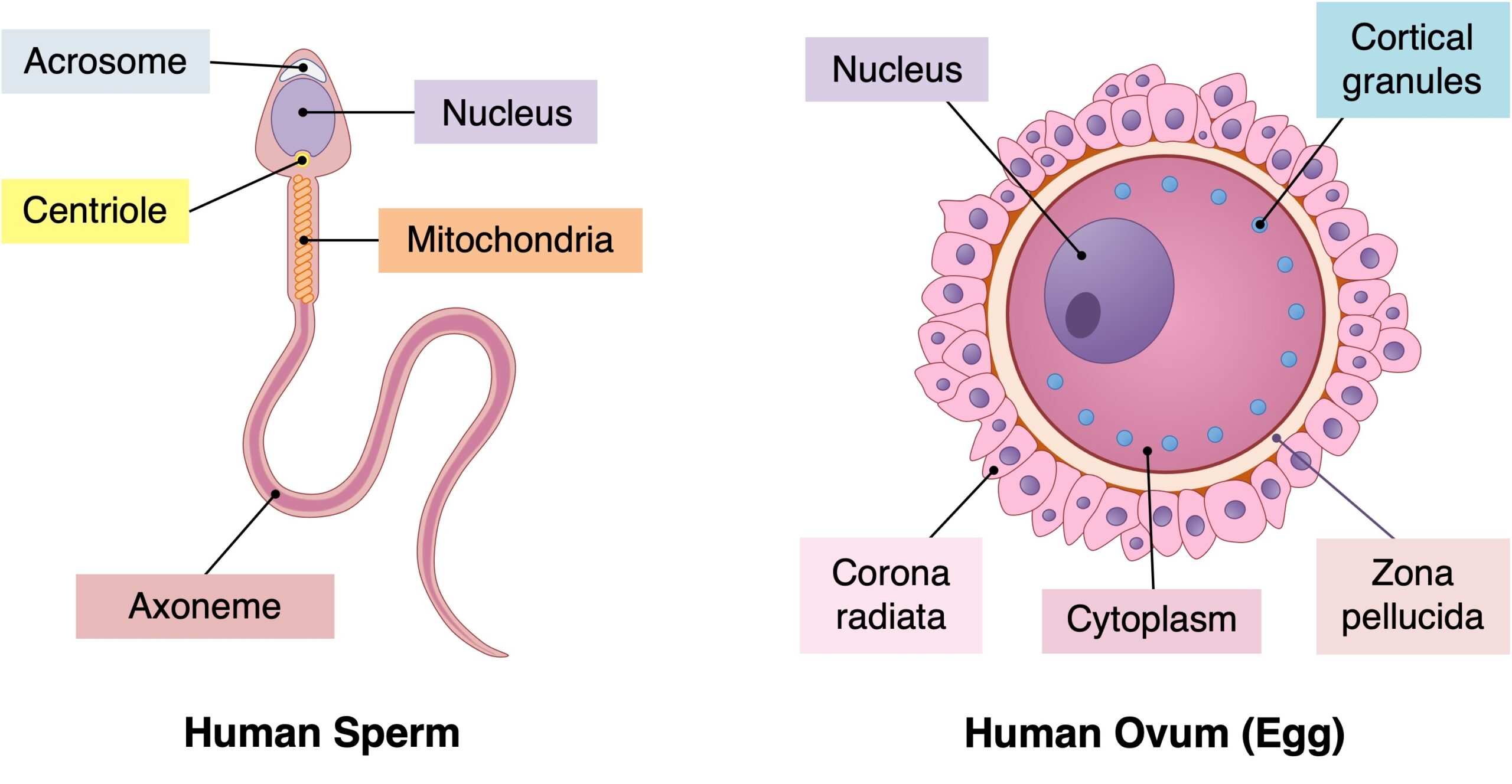
Walk across almost any college campus today and you’ll hear that “sex is a spectrum” or that “male and female are just social constructs.” Yet when you strip away the slogans and look at the science, the truth is simple: there are two gametes, two sexes, and therefore two genders. This isn’t a matter of prejudice—it’s the foundation of biology itself. And it’s a truth that aligns deeply with the Christian understanding of creation.
What the Biologists Are Saying
Carole Hooven, an evolutionary biologist from Harvard, recently wrote in Tablet:
“Sexual reproduction in animals can only occur when two distinct types of gametes (specialized sex cells containing DNA) fuse: the small mobile ones (sperm) and the large immobile ones (eggs). We call animals that produce sperm ‘male’ and those that produce eggs ‘female.’ That’s about it. The bottom line is that there are two gamete types and thus two sexes.”
Hooven points out that this is not a controversial view in her field. Among mainstream evolutionary biologists, the “gametic view” is the consensus. The controversy, she argues, is political, not scientific.
Francis (Sid) Dougan makes the same case in his paper published in Archives of Sexual Behavior. He explains the evolutionary process called anisogamy, where reproduction depends on the existence of two—and only two—types of gametes. Dougan writes:
“The two-sex system originates in anisogamy: the condition where reproduction involves two distinct gamete morphs, large and small. This evolutionary split is the foundation of ‘female’ and ‘male.’ Claims about ‘third sexes’ misunderstand or misapply this biology.”
In other words, while there may be rare medical conditions or variations, there is no such thing as a “third sex.” Dougan continues:
“The existence of only two sexes is not a cultural construct, but a biologically constrained inevitability of anisogamous reproduction. As such, there are only two sexes, and there can never be more.”
Why This Matters
Hooven warns that confusing identity with biology leads to real-world harm:
- In medicine, ignoring sex differences can obscure crucial data on disease risk and treatment.
- In sports, blurring the categories of male and female undermines fairness and safety.
- In law and policy, redefining sex creates ambiguity that destabilizes rights and protections.
As she puts it:
“Facts do matter. The gametic definition matters in science. It’s the only one that applies across all sexually reproducing species. It is indispensable in evolutionary biology, medicine, and public health.”
A Christian Response
For Christians, none of this should come as a surprise. Scripture is clear from the beginning: “Male and female he created them” (Genesis 1:27). Creation is not chaotic but ordered, and the existence of two sexes is part of God’s design for life, family, and fruitfulness.
This does not mean we dismiss or mock people who are confused about their identity. Compassion is essential. But compassion must be anchored in truth. To affirm what is false—whether scientifically or biblically—is not love, but harm.
St. Paul reminds us that creation itself reveals God’s order (Romans 1:20). Biology is bearing witness to what Scripture has declared all along. Hooven and Dougan, though not writing from a Christian framework, are echoing the reality that God has woven into creation: there are two gametes, two sexes, two genders.
Conclusion
In a culture that insists everything is fluid, it takes courage to affirm what is fixed. But truth and love belong together. Christians can and must speak with both clarity and compassion: honoring the biological reality of male and female while pointing to the deeper truth that our identity is most fully found in Christ 1For by him all things were created, in heaven and on earth, visible and invisible, whether thrones or dominions or rulers or authorities—all things were created through him and for him.
Or as Jesus Himself said, “Have you not read that he who created them from the beginning made them male and female?” (Matthew 19:4).
There are only two gametes. There are only two sexes. And that is not a problem to overcome but a gift to receive.
SOURCES:
Carole Hooven
Tablet Magazine Article
F. S. Dougan
X-account
Companion Post
+++
